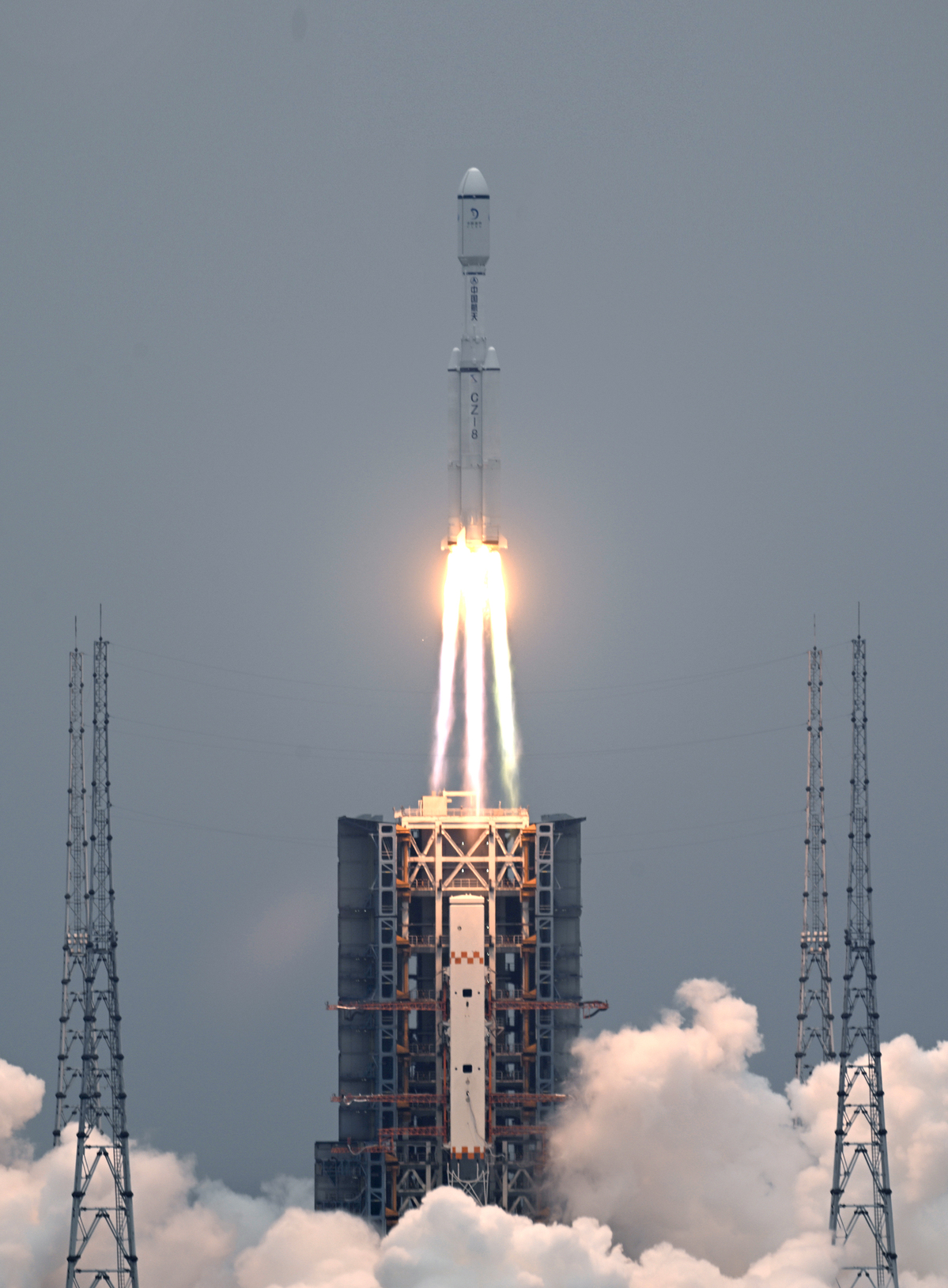China marks key step in trailblazing expeditions to Moon


China opened its lunar program in 2004 and has launched five robotic probes to our nearest celestial neighbor since 2007. The most recent mission, the Chang'e 5, landed on the Moon in December 2020 and soon returned 1,731 grams of lunar samples back to Earth, achieving a historic accomplishment about 44 years after the last lunar substances were brought back from the silver sphere.
Wednesday's flight marked the third mission of the Long March 8, a medium-lift rocket designed and built by the China Academy of Launch Vehicle Technology, and the first time the type has been used in a lunar mission.
To ensure a successful launch, engineers at the academy designed six flight plans in case that the most preferred launch date is postponed due to bad weather or other unfavorable situations.
They also worked out a new technology that enables the rocket to withstand the effects of upper-atmospheric winds, which often cause hazards to a vertically flying craft.
Moreover, engineers placed additional heat-proof paint-coat on the Long March 8 to offset the extreme heat that challenges every rocket bound for lunar transfer trajectory, according to the academy.
[Video by Zhao Lei]
- Consumer complaints rise over AI customer service failures
- Zhejiang authorities probe death of child in hospital
- China moves to reduce childcare costs
- High-altitude discovery sheds light on early settlers of Qinghai-Tibet Plateau
- Beijing seminar studies legal systems of Francophone countries
- Approved private vehicles now permitted direct access to Hong Kong





































